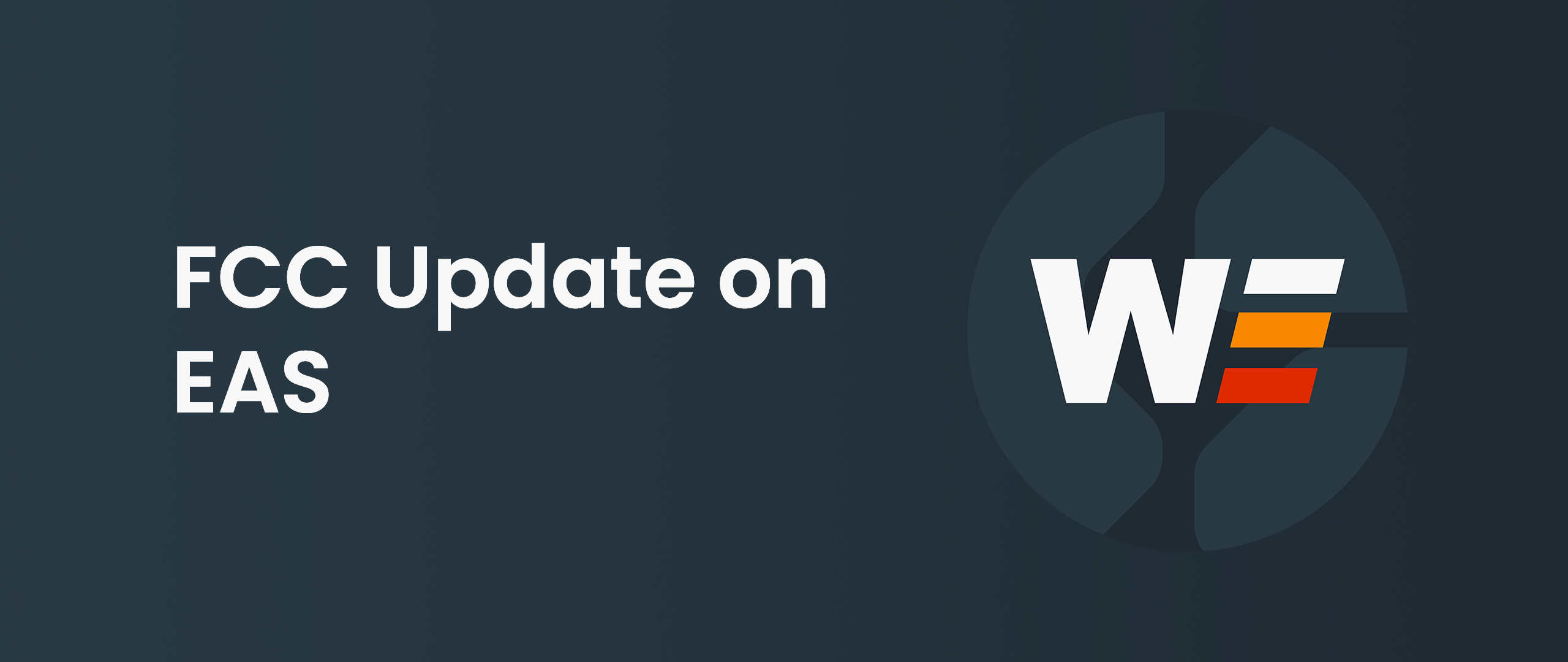The Federal Communications Commission announced new dates for EAS changes, regarding accessibility and understandability.
Back in September of this year, the FCC adopted a Report and Order that will require EAS participants to transmit IPAWS-CAP versions of messages, rather than the legacy EAS format. The EAN and NPT event codes are not included in this order, at this time.
For example, if a station receives a message over the air, but a CAP version is available, they must transmit the CAP version, rather than the legacy alert. If no CAP version is available, stations will be allowed to transmit that legacy alert.
The FCC says the legacy version generally conveys less information than its CAP counterpart.
In these changes, EAS participants will be required to replace the “jargon†that currently appears in the text of messages, including EAS test messages. The FCC plans to replace this with more “plain language,†which is more easily understood by the public, and provides more information to those who cannot access the audio of a given alert.
In this new order, the FCC has mandated the changing of alert translation for national events. The EAN event code will now translate to “National Emergency Message,†PEP will translate to “United States Government,†and NPT will translate to “Nationwide Test of the Emergency Alert System.â€
EAS Participants will have until Dec. 12 2023, to move away from the legacy EAS system, to transmit in the IP-based format, when available.
Cable providers will have until March 12 2024, to implement the plain language version of national alerts into set-top boxes. Providers will also have until Dec. 12 2028, to ensure that all offered set-top boxes in their system will display the revised translation.


